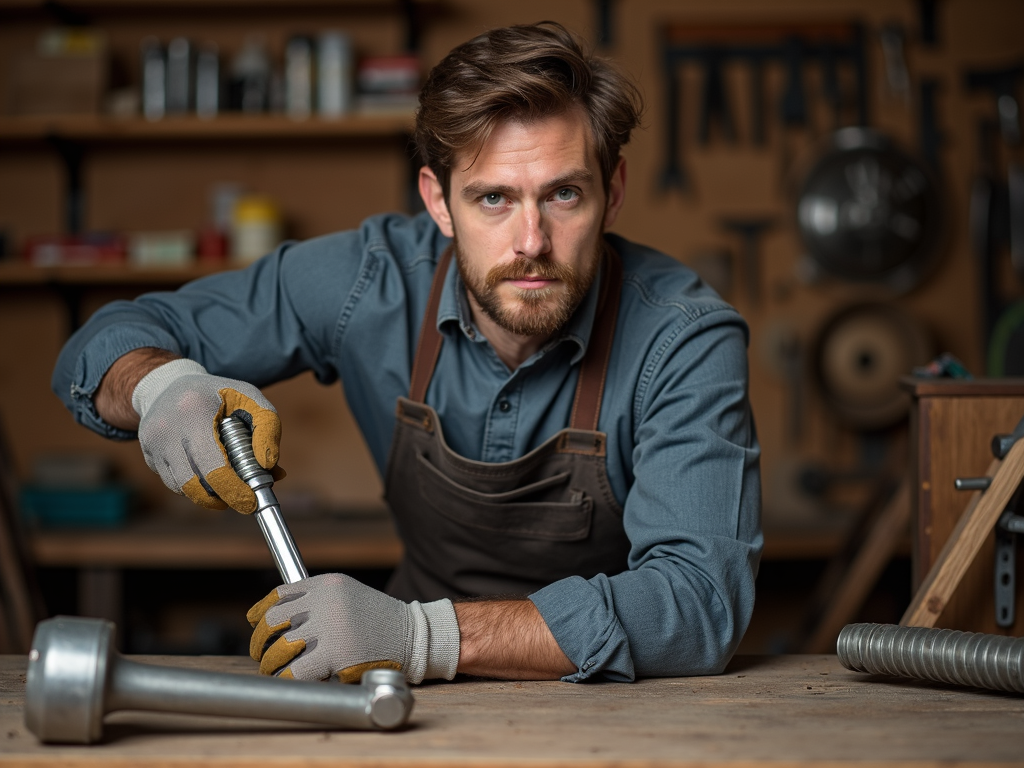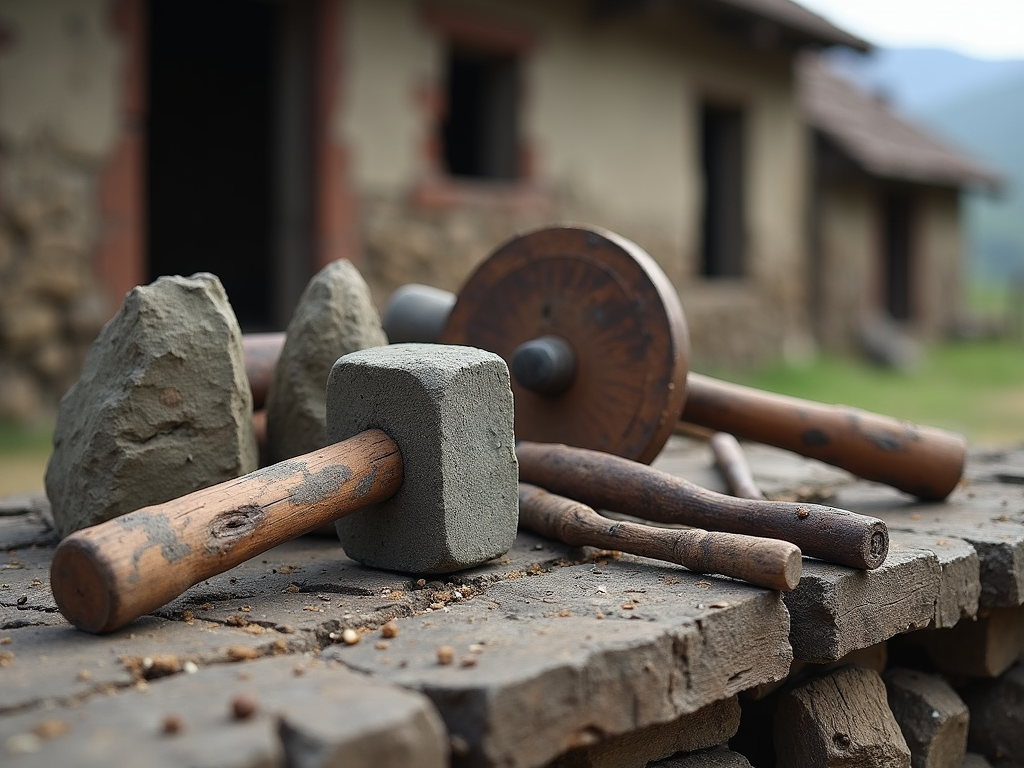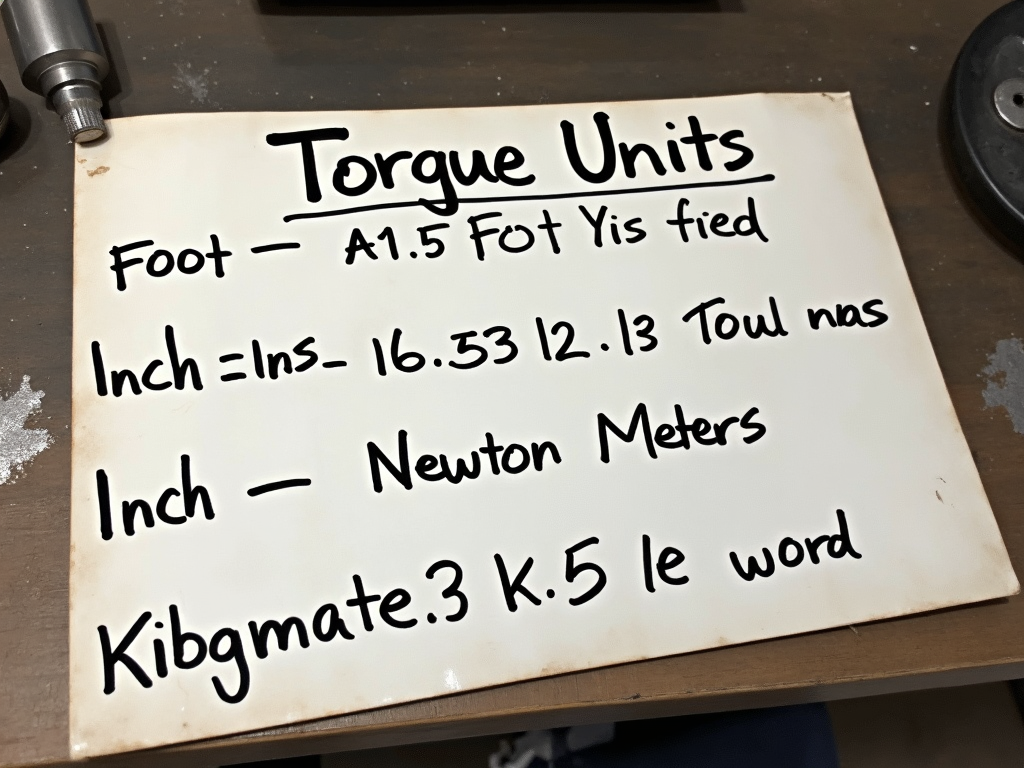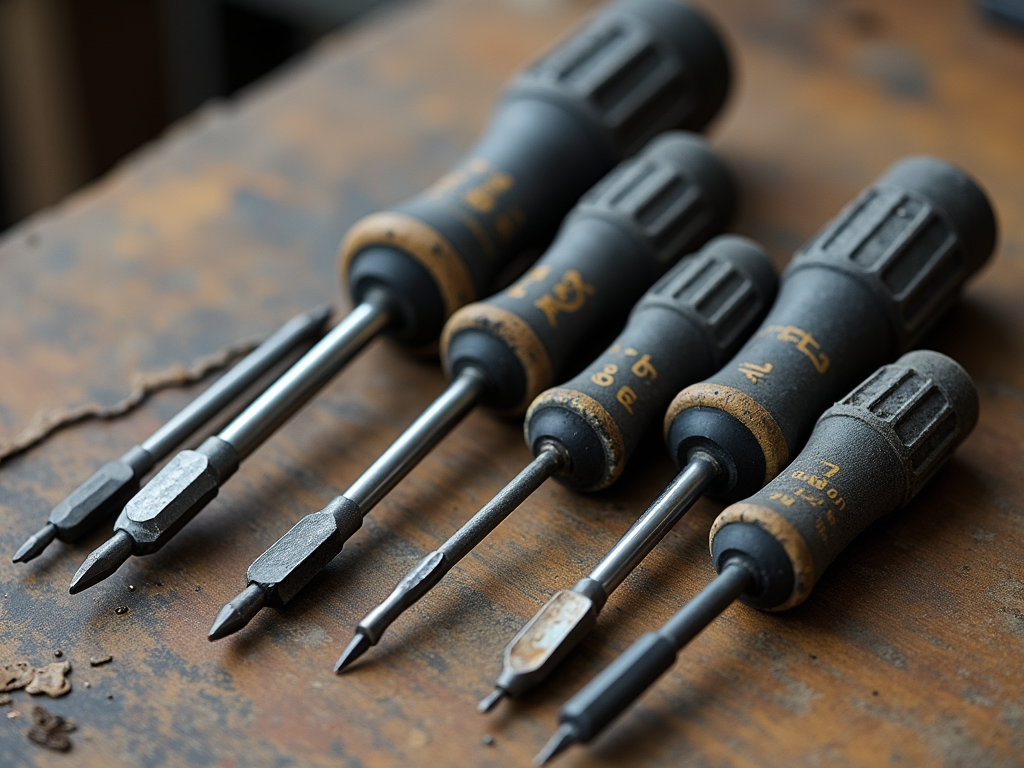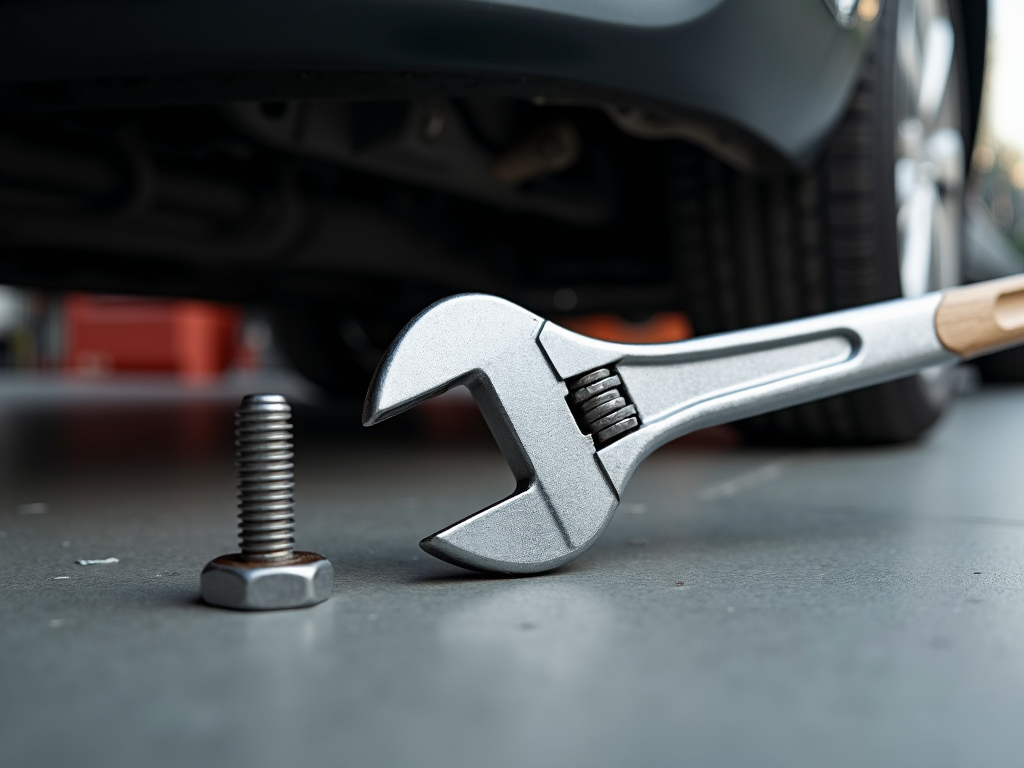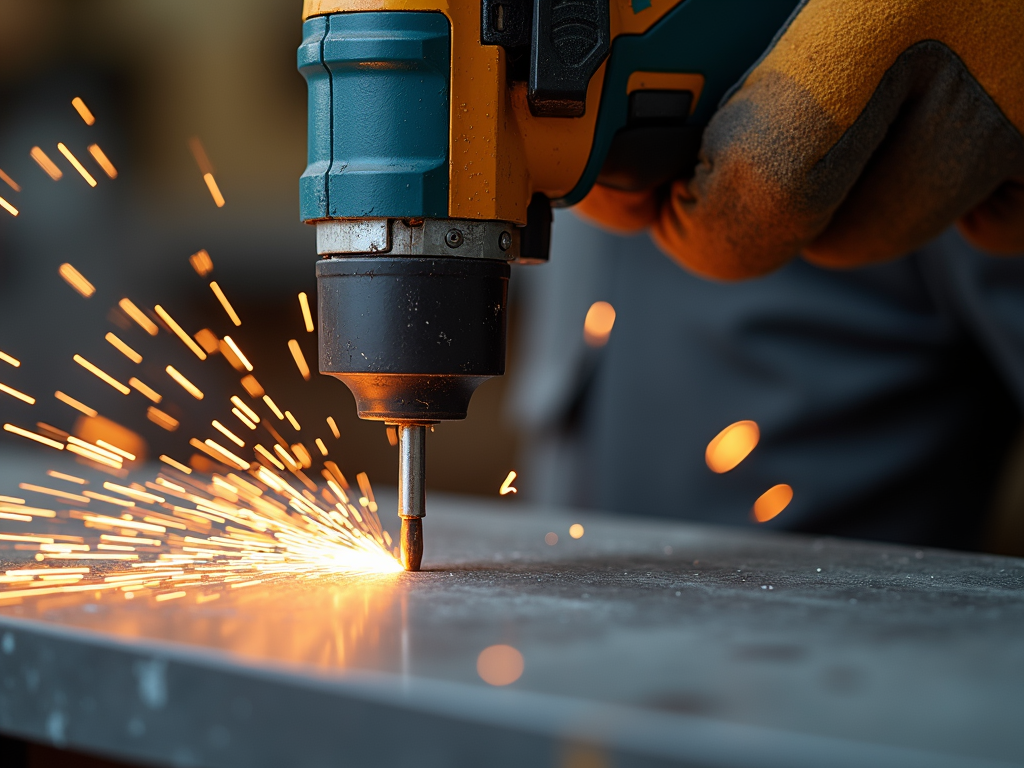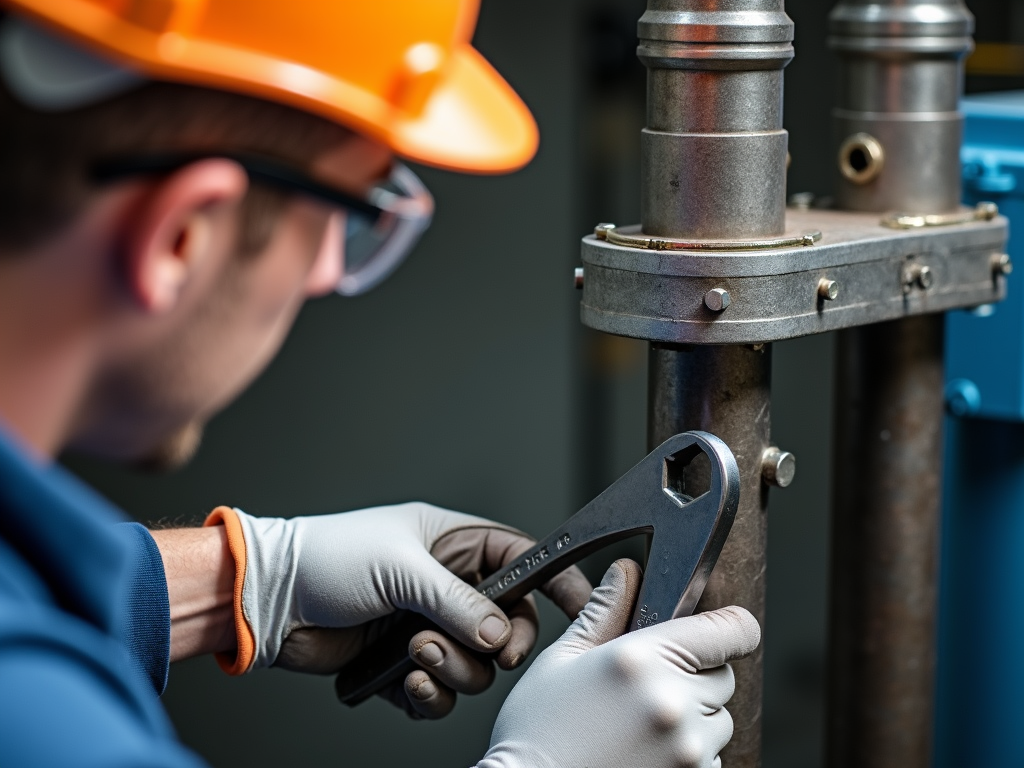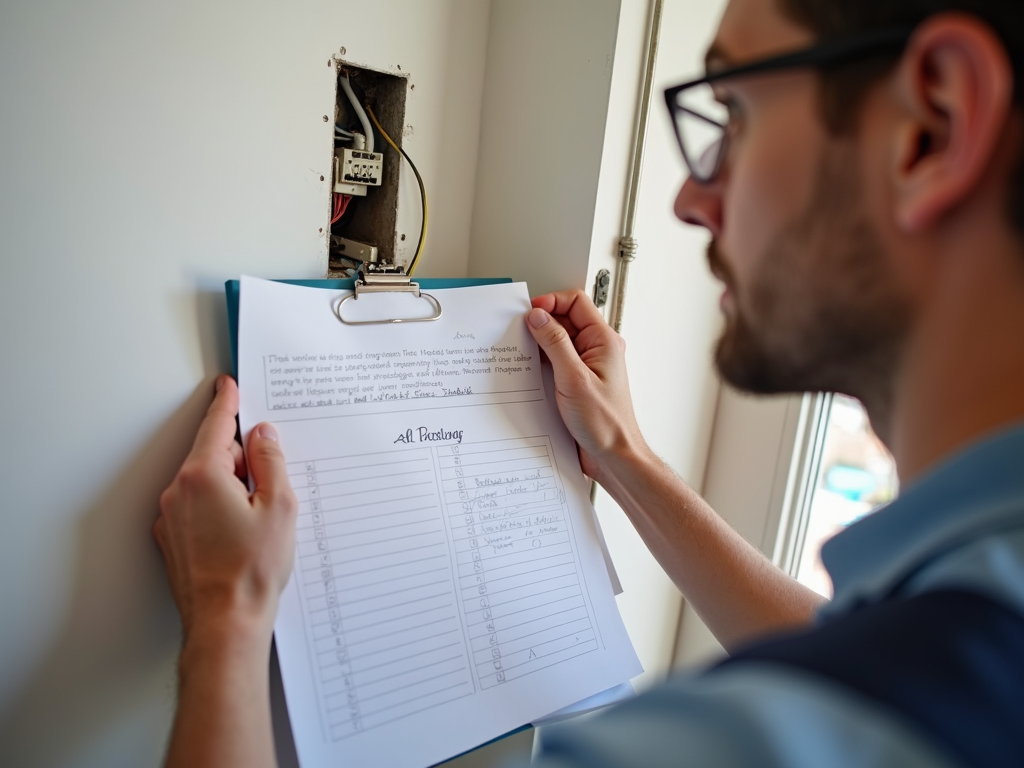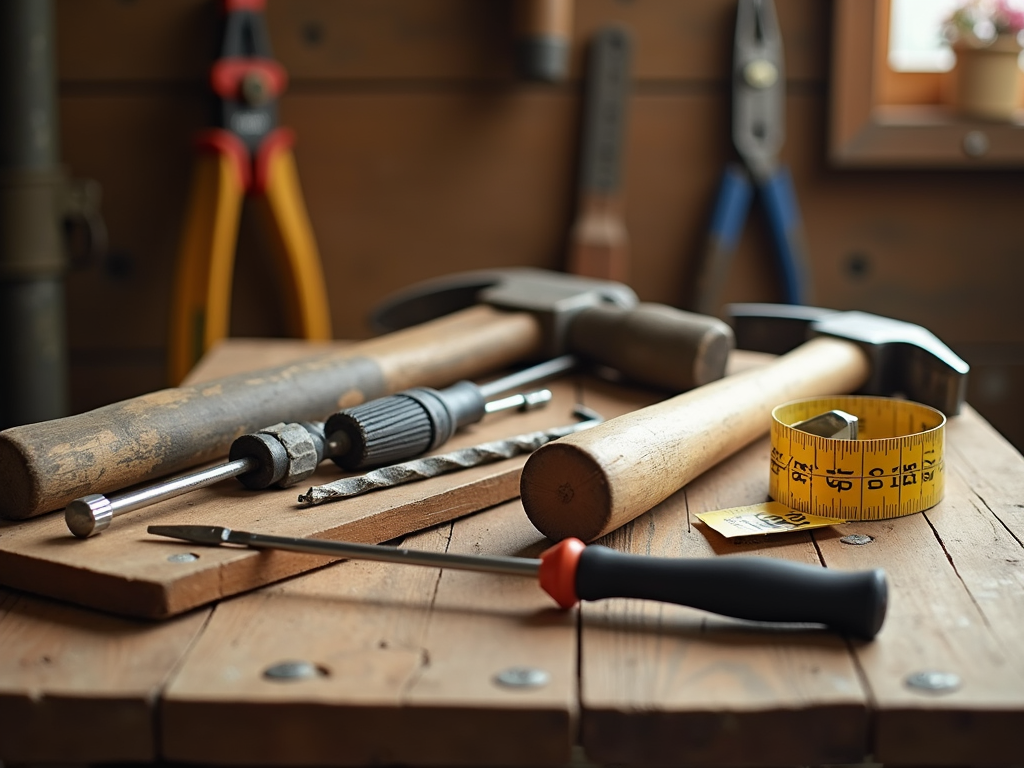Overview
Ergonomic wrenches are tools designed to reduce hand strain and boost comfort during use. As key workman tools, they help workers and hobbyists work smarter, lowering injury risks. This guide dives into their benefits, shares personal stories, and offers practical tips.
What Are Ergonomic Wrenches?
Ergonomic wrenches are built to fit your hand naturally, unlike regular wrenches that can tire you out fast. Their handles curve to match your grip, cutting down on strain. For anyone using workman tools often, this design makes a big difference in comfort and control.
Traditional wrenches can dig into your palm or slip, especially during long jobs. Ergonomic ones spread pressure evenly, letting you work longer without pain. They’re a game-changer for tradespeople and DIY fans who value their hands’ health.
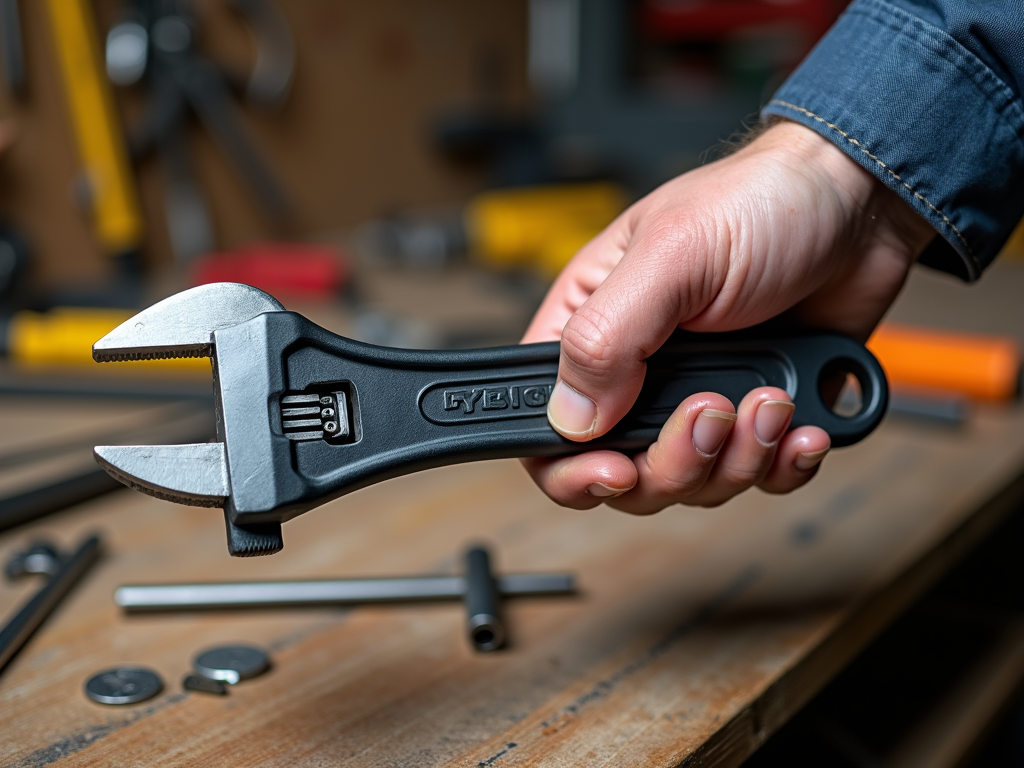
Why They Matter
Hand strain isn’t just uncomfortable—it can lead to serious issues. The National Institute for Occupational Safety and Health (NIOSH) says poorly designed tools increase risks of wrist and hand problems. Ergonomic wrenches tackle this by easing the load on your muscles and joints.
Beyond health, these tools boost productivity. Less fatigue means you can focus better and finish tasks faster. Whether you’re tightening bolts or assembling furniture, ergonomic wrenches for reducing hand strain keep you going strong.
My Experience with Ergonomic Wrenches
I’ve been a DIYer for years, and I used to dread long projects. My hands would ache after an hour with regular wrenches. Then I tried an ergonomic wrench, and it was a total shift. I could work for hours without soreness creeping in.
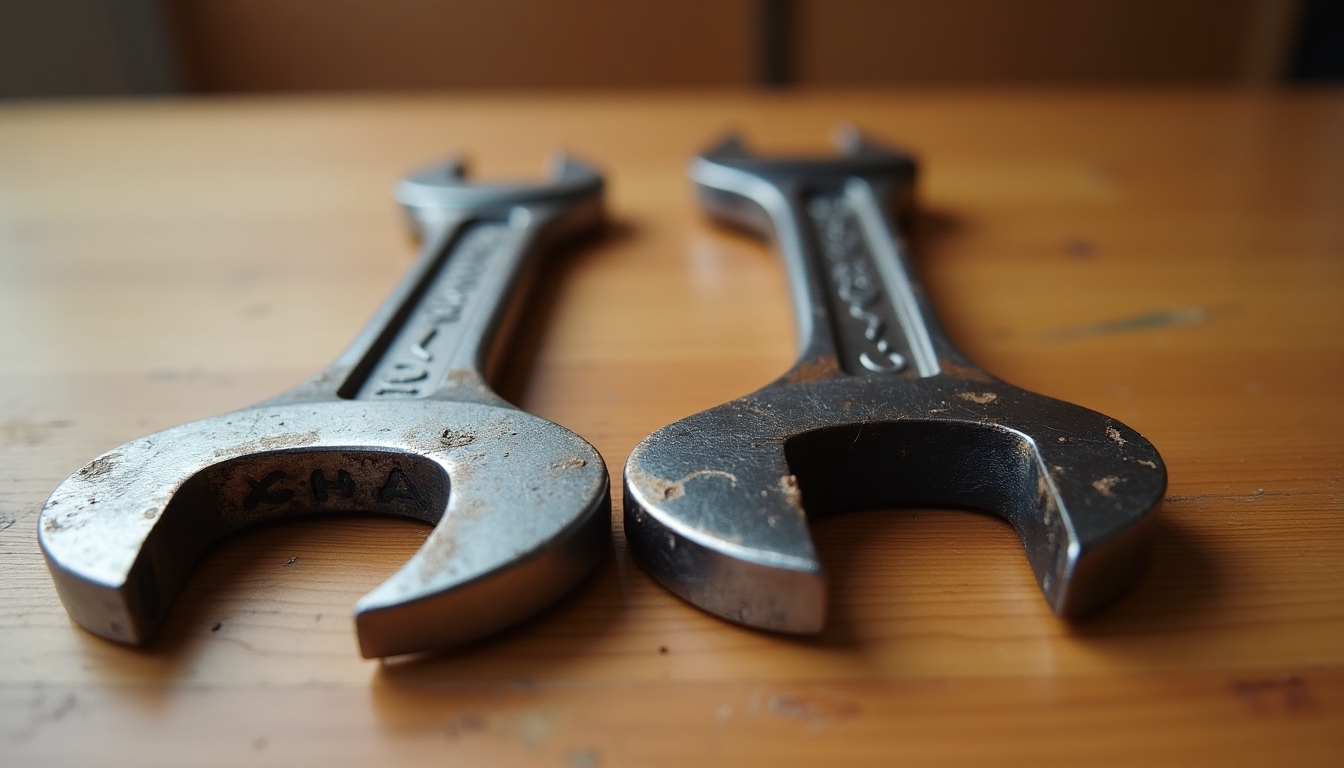
One time, I was building a bookshelf and had to tighten dozens of bolts. With my old tools, I’d get blisters. The ergonomic wrench I used instead felt like an extension of my hand—no pain, no fuss. It even helped me keep a steady posture, which I didn’t expect.
Benefits Backed by Science
Studies show ergonomic tools cut down on injuries. A report from the Occupational Safety and Health Administration (OSHA) notes that better grip design lowers strain on tendons. That’s why these wrenches are a must for anyone who works with their hands a lot.
They also save energy. With less effort per turn, you’re not worn out by noon. For pros using workman tools daily or hobbyists tackling weekend projects, that’s a huge win.
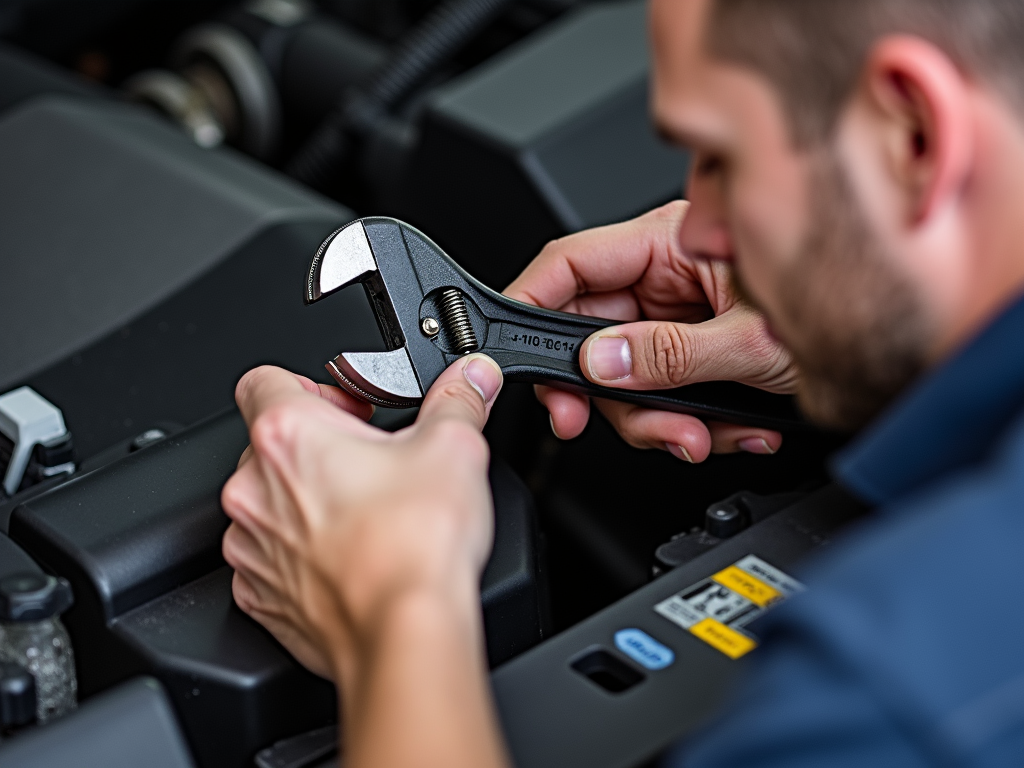
How to Pick the Right One
Choosing ergonomic wrenches for reducing hand strain depends on your needs. For tight spots, go for a slim, angled handle. For heavy-duty jobs, pick one with a wider grip for more power. Test the feel if you can—comfort is key.
Weight matters too. Steel wrenches last forever but can tire you out. Aluminum ones are lighter, though less tough. I’ve found a mix works best: light for small tasks, sturdy for big ones.
Here’s a quick guide to features: - Curved Handles: Match your hand’s shape, easing pressure. - Rubber Grips: Stop slips, even when hands are sweaty. - Adjustable Options: Fit any hand size for max comfort.
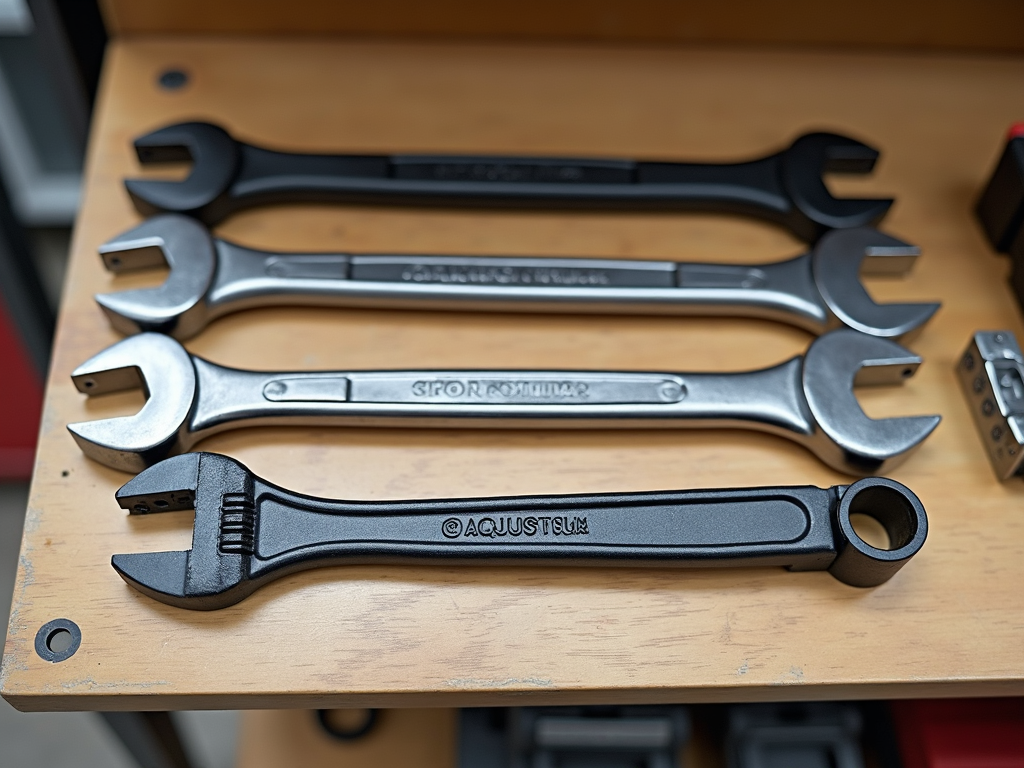
Tips for Use and Care
Get the most out of your wrenches with these tips: 1. Match the Tool to the Job: Use ratcheting ones for speed, fixed ones for power. 2. Hold Naturally: Let the design guide your grip—don’t force it. 3. Clean Regularly: Wipe off grime to keep the grip solid.
Maintenance is simple but vital. A quick rinse and dry after use keeps them in top shape. For more care advice, check this guide from OSHA.
Who Should Use Them?
Ergonomic wrenches aren’t just for pros. If you’re a DIYer fixing a bike or a plumber on the job, they help. I’ve lent mine to friends, and they’re always surprised how much easier tasks feel.
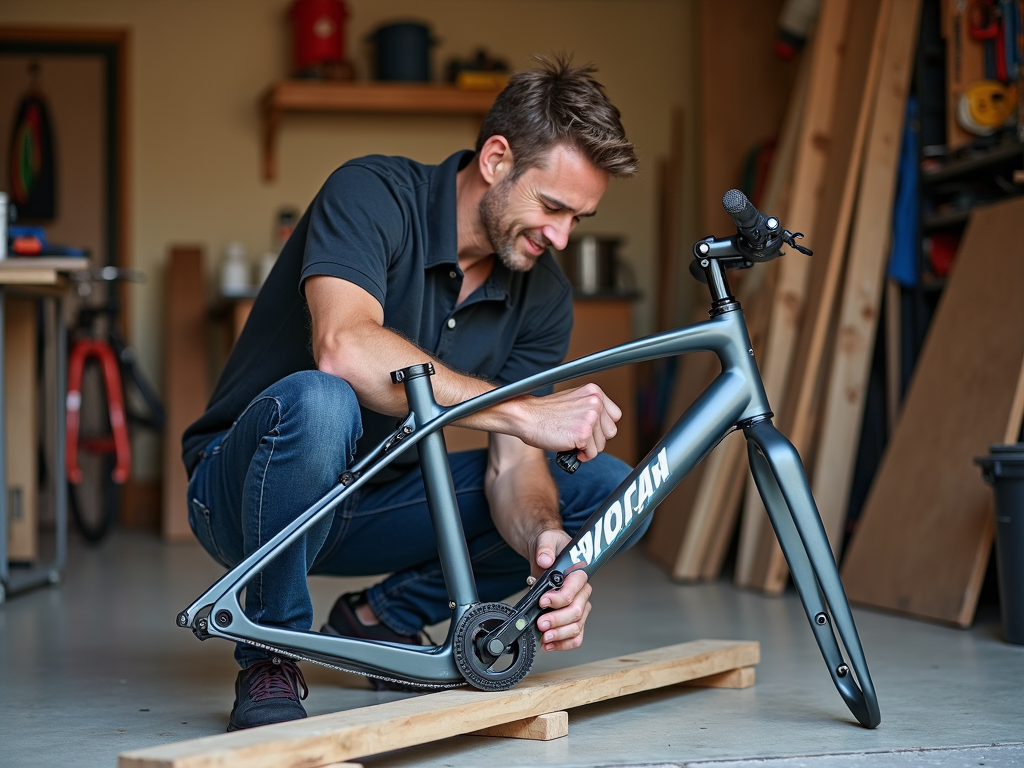
Brand Picks and Quality
Reputable brands like Ergodyne and Klein Tools make reliable ergonomic wrenches. Read reviews to see what fits your budget and needs. I’ve used Klein’s, and they’ve held up through tough jobs.
Don’t skimp on quality. A cheap wrench might save money now but could cost you in hand pain later. Invest in something solid—it pays off.
Beyond Hands: Full-Body Benefits
Here’s a bonus: these wrenches help your whole body. With regular ones, I’d twist awkwardly to get leverage. Ergonomic designs let me stay relaxed, reducing back and shoulder strain too.
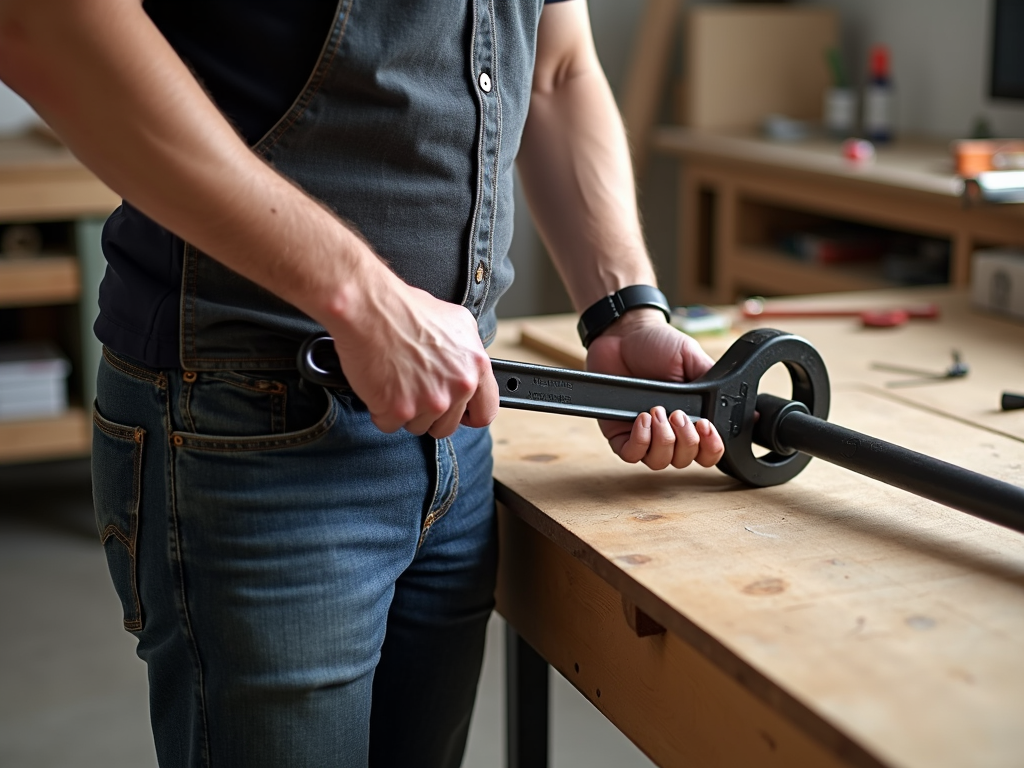
Final Thoughts
Ergonomic wrenches for reducing hand strain are more than a luxury—they’re a smart choice. They protect your hands, lift your efficiency, and make work feel less like a chore. From pros to weekend warriors, anyone can benefit.
Try one out. Feel the difference for yourself. Your hands will thank you, and you might wonder why you didn’t switch sooner.
Related ergonomic wrenches for reducing hand strain:
- Safety Tips for Using Wrenches Effectively
- The Evolution of Workman Tools: From Past to Present
- Understanding Torque Specifications: A Comprehensive Guide
- Top 10 Essential Tools for Every DIY Enthusiast
- Essential Wrenches for Automotive Repair: A Mechanic’s Guide
- Choosing the Right Drill Bits for Electrical Installations: A Comprehensive Guide
- The Beginner's Guide to Essential Workman Tools
- Staying Safe with Hand Tools
- Understanding Multimeters: Features and Usage
- How to Choose the Right Electrical Tools for Your Project
- DIY Projects You Can Tackle with Basic Hand Tools
- Beginner’s Guide to Fixing Common Plumbing Issues
